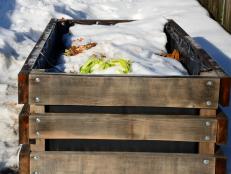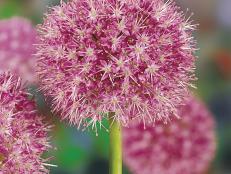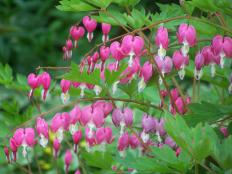1 / 44
Photo: Bailey Nursery
Savor Lilacs
A spring shrub favorite, lilacs make their appearance this month in several regions. Many communities host lilac festivals to celebrate a local collection of these blooming beauties. If you want to add a lilac to your yard, look for varieties in a size to suit your planting spot. If your yard is already home to a lilac, tackle any necessary pruning right after flowers fade. Plants start forming next year’s flower buds in early summer, so late pruning means you’re reducing next year’s show.












